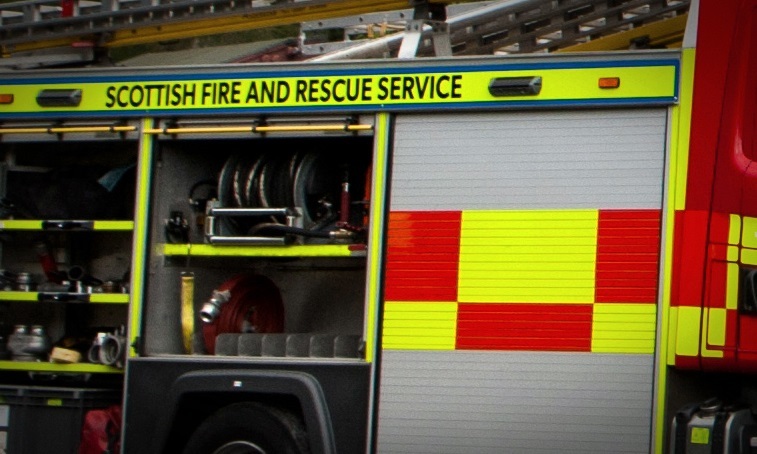More than £1 million has been wasted on firefighters in Angus attending false alarms in the past six months.
From March to September the fire service has attended 544 unwanted call-outs in the county, at a cost of around £2,000 a time.
Scottish Fire and Rescue Service in Angus is working hard to address the number of unwanted call-outs which far exceed the number of actual fires there are in the area.
The vast majority of unwanted calls are caused by alarms being triggered automatically at business or residential premises which are described as system fails.
Sixty-three of the unwanted call-outs were categorised as “false alarms with good intent” in the division’s latest performance report.
There were eight false alarms set off with malicious intent in the six-month period.
In the same period there were 41 accidental house fires, 70 deliberate fires and 21 non-domestic fires in the three month period.
Most of the false alarms (216) were caused by cooking activity and more than a third originated from sheltered housing accommodation.
The latest report states: “In Angus we are aware of the issues and measures that have been introduced to reduce the number of activations, eg when an activation occurs to speak with the occupant and offer advice but also to arrange group sessions for all residents.
“Staff are dedicated to continue to visit repeat callers to identify means of reducing this type of event.
“Annual engagement events with the student community as well as targeting home fire safety visits within sheltered housing and hostels is a priority for local crews.
“Work is also currently progressing to analyse the number and location of unwanted fire alarm signals calls to identify any trends with a view to facilitating an action plan with our partners to reduce the number of activations within the Angus area.”
The number of false alarms from April to September is a reduction of 8% on the same period last year.
There were 250 unwanted call-outs between April and June and 294 between July and September.
The 544 false alarms was slightly below the five year average for April to September of 591 call-outs.
